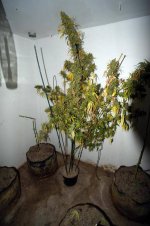mohammed romney
Member
before i originate a brix driven thread of my own i will complete a successful HB grow. in the mean time im not secretive at all about products, techniques and theories etc.
any questions where maybe i can be helpful let me know
any questions where maybe i can be helpful let me know

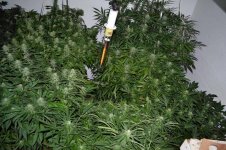
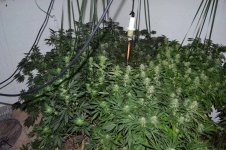
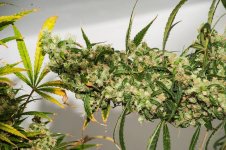
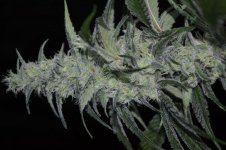
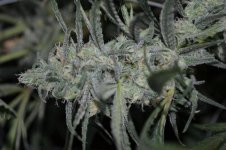

 I got an unvented bottle, I think they have since corrected it. But just cause I ain't very smart I shook my gallon bottle of rejuvenate...guess what happened...DOH
I got an unvented bottle, I think they have since corrected it. But just cause I ain't very smart I shook my gallon bottle of rejuvenate...guess what happened...DOH